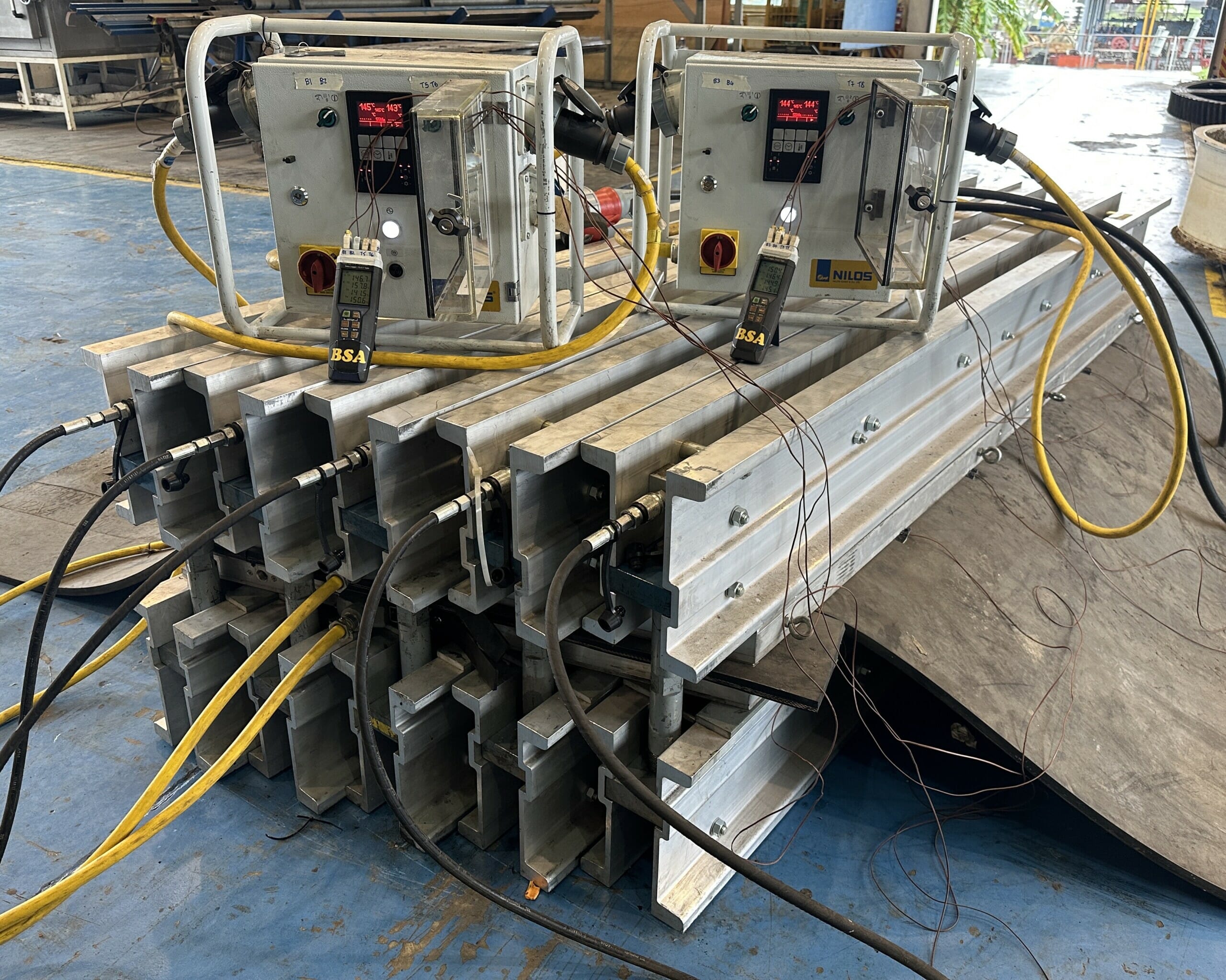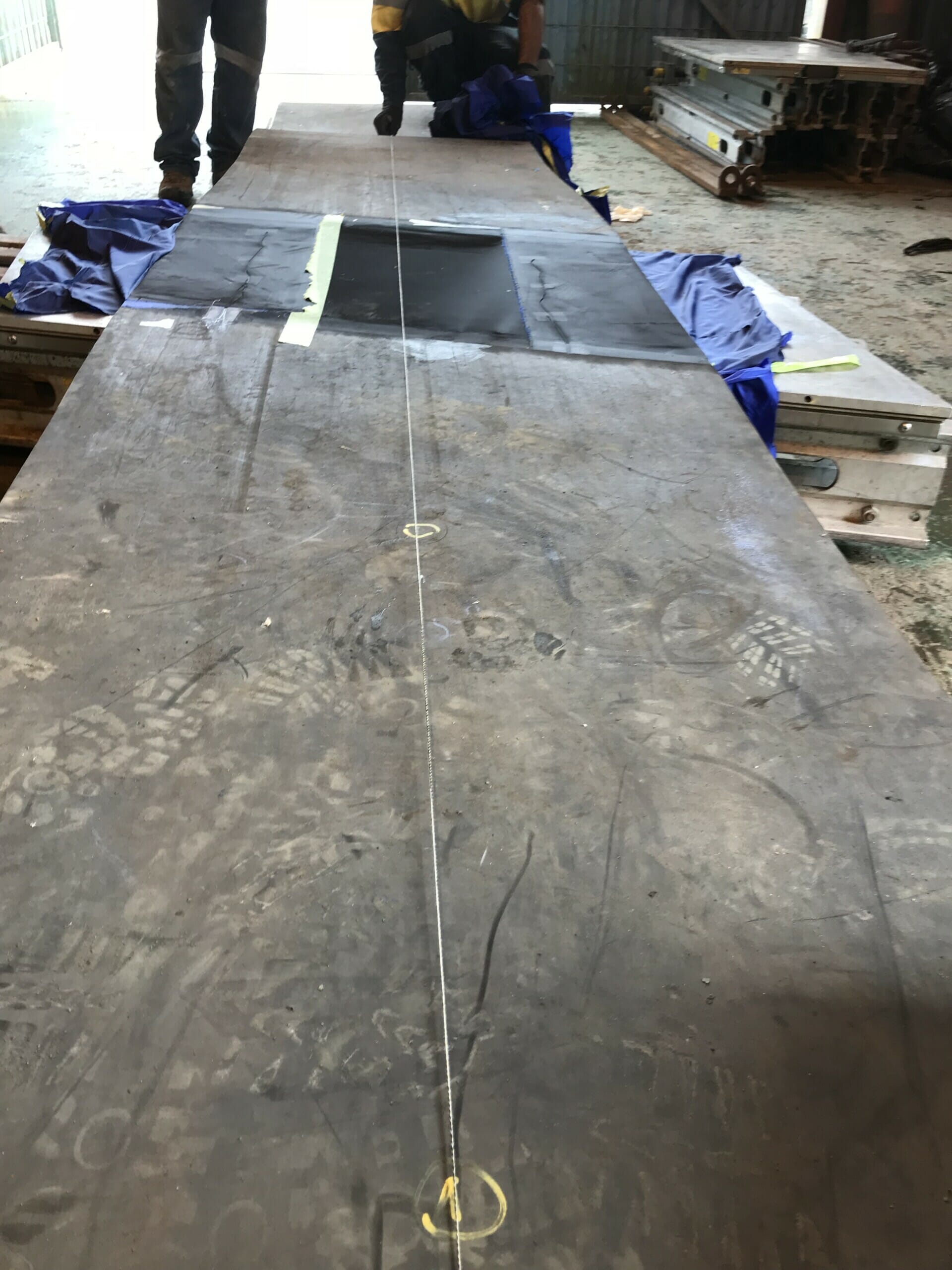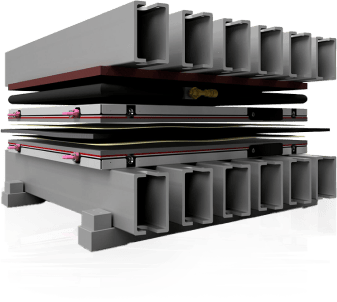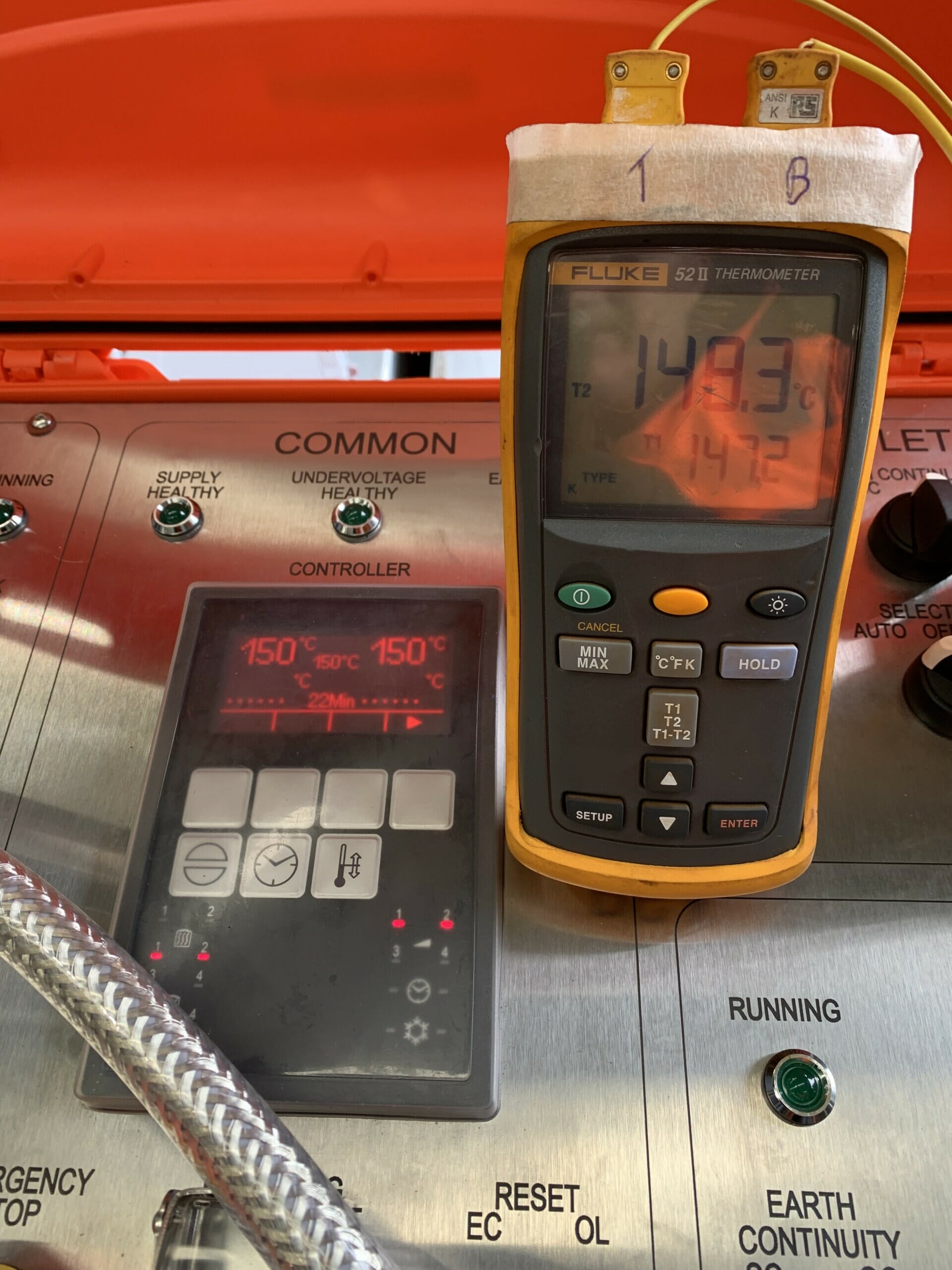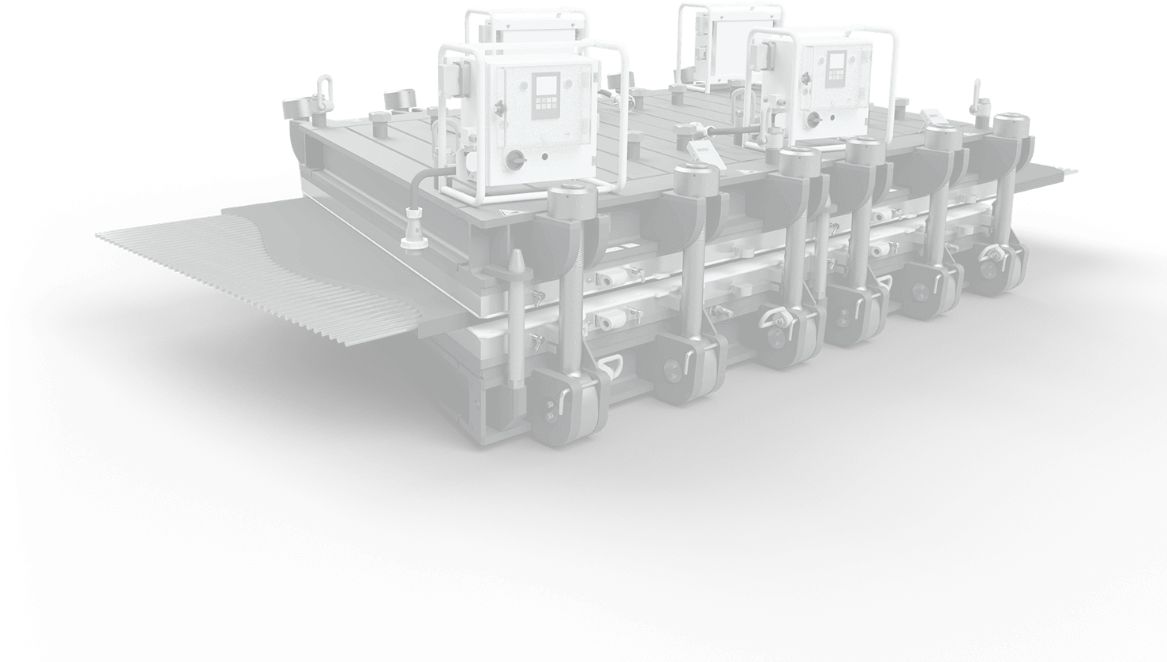Splice Quality Auditing Training (SQAT),
the new force in vulcanizing technology
for the Australian Mining Industry
WAGENER Vulcanizers Splice Quality Auditing Training (SQAT) is offered on site or inhouse at our facility in Perth Western Australia. SQAT Covers all aspects of Splice Quality Auditing, with a focus on operational hold points, integrity of the conveyor belt splice, the process required, the equipment used, the consumables employed, the operators conducting the conveyor belt splice and the environment that affects the quality in process. Trainees will receive an inhouse certification upon completion.
Improved Belt Performance.
WAGENER Vulcanizers Splice Quality Auditing Training (SQAT) empowers Supervisors and Conveyor Belt Technicians (CBT’s) with the knowledge and confidence to produce quality conveyor belt splices, which in turn improves conveyor belt splice quality and performance, reduces downtime and extends belt life.
Enhanced Safety.
WAGENER Vulcanizers SQAT has the potential to produce high quality conveyor belt splices that are less likely to fail, reducing the risk of breakdowns and production holdups. Individuals trained in SQAT can identify potential hazards with regards to holds points in the splice procedure, leading to timely corrective actions.
Consistency.
WAGENER Vulcanizers SQAT ensure that all splice processes and plans are adhered to producing consistent quality of all conveyor belt splices. This consistency helps maintain a uniform level of quality across all splicing operations.
Cost Savings.
WAGENER Vulcanizers SQAT produces improved conveyor belt splice quality, which means less wastage of conveyor belt and splicing materials.
Compliance with Standards.
WAGENER Vulcanizers SQAT ensures that organizations comply with relevant industry and National standards, supplier, site specifications, procedures and regulations relating to conveyor belt splices.
Operator Skill Development.
WAGENER Vulcanizers SQAT allows individuals to develop valuable skills that can enhance their careers. This includes the ability to identify problems, communicate effectively, and provide guidance to improve conveyor belt splice quality.
Data-Driven Decision-Making.
WAGENER Vulcanizers SQAT teaches individuals how to collect and analyze conveyor belt splice data. This data can inform decision-making processes and drive continuous improvement efforts.
Risk Mitigation.
WAGENER Vulcanizers SQAT allows individuals to identify potential risks associated with conveyor belt splices with relation to hold points in the process, and communicating this upline to the conveyor specialist on site to prevent conveyor belt splice failures on site at the conveyor system.
Employee Management.
WAGENER Vulcanizers SQAT opportunities supplied to employees boosting engagement and morale. Employees who feel valued and equipped with valuable skills are often more committed to their roles.
Documentation and Accountability.
WAGENER Vulcanizers SQAT emphasizes the importance of maintaining accurate records and documentation. This fosters accountability within the organization and ensures that quality audits are conducted consistently and thoroughly.
Continuous Improvement.
WAGENER Vulcanizers SQAT encourages a culture of continuous improvement. Trained individuals can provide feedback and recommendations for process enhancements, contributing to ongoing efficiency gains.
In conclusion, offering Splice Quality Auditing Training is a strategic investment that yields numerous benefits, including improved conveyor belt splice performance, safety, cost savings, compliance, and employee development. It contributes to a culture of quality and can positively impact an organization's production output bottom line.
